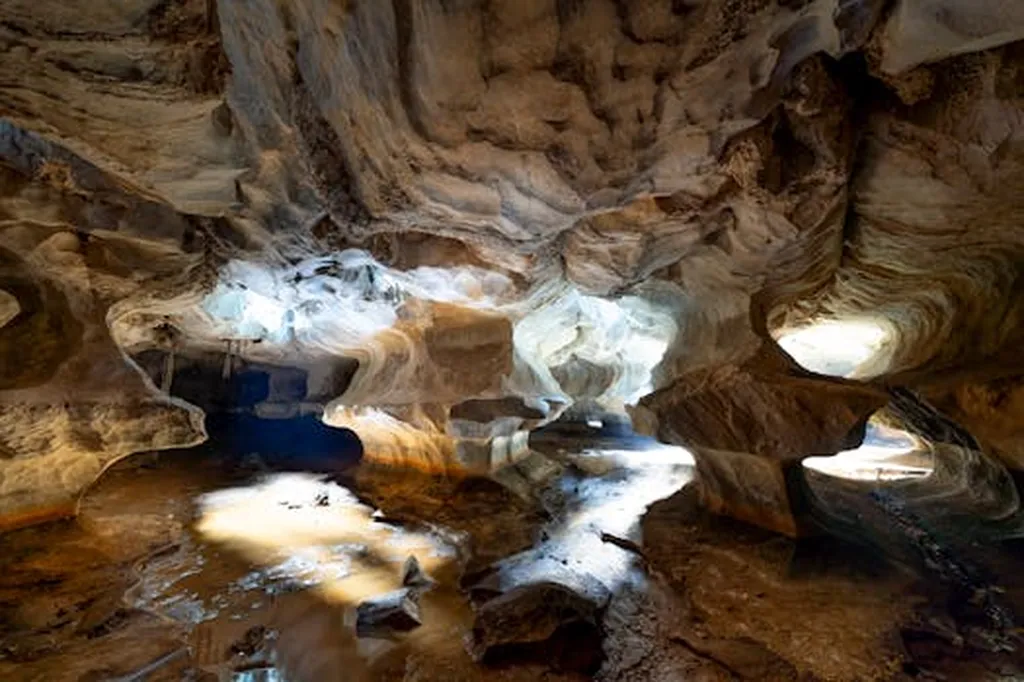In the lush, tropical landscapes of Vietnam, a hidden world of towering limestone peaks, sprawling caves, and intricate underground water systems lies beneath the surface. This is the realm of karst geology, and it’s a realm that Yanlan Wei, a researcher at the Institute of Karst Geology in Guilin, China, has been diligently mapping and studying. Her recent work, published in *Carsologica Sinica* (which translates to “Karst Science China”), offers a comprehensive overview of Vietnam’s karst geology, shedding light on its unique features, resources, and the challenges it presents.
Karst landscapes cover nearly 20% of Vietnam’s total area, a vast expanse of approximately 60,000 square kilometers. These landscapes are not just scenic wonders; they are also critical resources for the country’s industry, agriculture, and daily life. “Karst water has become the main water source for industry, agriculture, and life in Vietnam,” Wei explains, highlighting the economic significance of these geological formations.
The karst regions in Vietnam are diverse, ranging from the peak-clusters and peak-forests of the northeast to the famous Ha Long Bay and the Truong Son Ra karst in the northwest. Each of these regions presents unique opportunities and challenges for resource exploitation. For instance, the Phong Nha-Ke Bang karst area is home to the longest cave system in Vietnam, a natural wonder that also holds significant potential for tourism and geological research.
One of the most striking findings of Wei’s research is the abundance of karst water resources. However, these resources are not without their challenges. “Water supply is in serious shortage, especially in the dry season,” Wei notes, pointing to a critical issue that could impact Vietnam’s economic stability. Addressing this shortage will require innovative solutions, such as improved water management strategies and sustainable extraction practices.
The karst regions are also rich in mineral resources, with Vietnam ranking as the eighth-largest cement producer in the world. This positions the country as a key player in the global cement market, a sector that is crucial for infrastructure development and economic growth. Wei’s research underscores the importance of balancing economic development with ecological protection, a delicate act that will shape the future of Vietnam’s karst regions.
Looking ahead, Wei’s work could pave the way for more sustainable and efficient exploitation of karst resources. By understanding the geological and hydroclimatic conditions that shape these landscapes, researchers and industry professionals can develop strategies that maximize resource utilization while minimizing environmental impact. This could lead to breakthroughs in water management, mineral extraction, and even tourism, all of which have significant commercial implications for the energy sector.
As Wei continues her research, her findings will undoubtedly contribute to a deeper understanding of karst geology and its role in shaping Vietnam’s economic landscape. For now, her work serves as a reminder of the intricate balance between nature and industry, a balance that must be carefully maintained to ensure a sustainable future.

